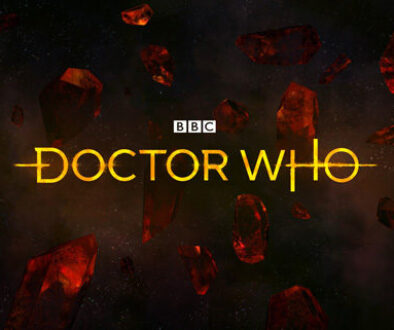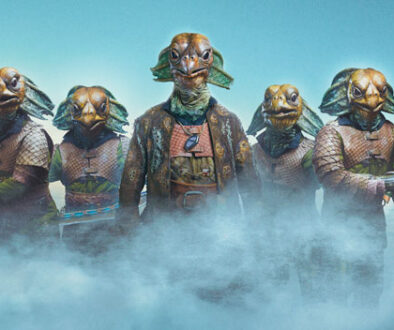Doctor Who: Flux – “Chapter Six: The Vanquishers” – Too Much Is Not Enough
Clint Hassell gives his SPOILER-filled commentary on the sixth episode of Series 13.

Note: this review contains full SPOILERS for episode 6 of Series 13.
Overall, the final chapter of Doctor Who: Flux, “The Vanquishers,” accomplishes its goals: the threat of the Flux is overcome, all of the various characters’ storylines are resolved, character arcs from previous series are expanded upon, and future plots are teased. With at least sixteen pivotal characters, four concurrent storylines, and zero rehash of previous chapters, the hour-long episode is fast-paced and justifies the serial’s epic scope.
The concept of splitting the Doctor into three distinct beings is especially effective, as it allows the Doctor to be a direct participant in all but one of the episode’s four storylines; in fact, it’s surprising the show hasn’t used this narrative trick more often. Lead actress Jodie Whittaker is almost breathless in her delivery, as the episode sweeps her from scene to scene. However, adding two additional Doctors to an already overly large cast means that the narrative is unable to give any character much attention. This has two effects: storylines are either glossed over or they are revealed to be fairly insignificant in their importance.
The two characters most affected by this are the Doctor’s companions, Yaz and Dan, as, with three Doctors, there is little for the companions to do. There is no need to split the companions between various locations or trust in their resourcefulness while acting in the Doctor’s absence – – the Doctor is already in every place, taking care of it all. Rather, Yaz’s few featured moments merely hint at the bond she has established with Thirteen as the Time Lord’s confidant. Note that, upon being reunited with everyone, the first thing the Doctor does is hug Yaz – – and only Yaz. In the epilogue, Yasmin receives a well-deserved apology, and the promise of a revelatory conversation to come, but the episode doesn’t have time to devote to exploring the love the characters share or the strain months of traveling and then three years of separation have placed on the pair.
Contrast this with Dan, whose presence within the serial is barely justified by the finale. Reminiscent of Nardole, a companion famously written into Series 10, at the last minute, when actor Matt Lucas became available, Dan’s main contribution to the plot is his species bond with Karvanista. In the finale, dialogue between Dan and Yaz does more to establish Yaz’s capability than Dan’s credibility. “I think you might be getting the hang of this!” is faint praise, after sabotaging a Sontaran fleet, being displaced in time, and spending three years crossing the globe in search of psychic artifacts – – perhaps because Dan accomplishes none of these feats single-handedly.
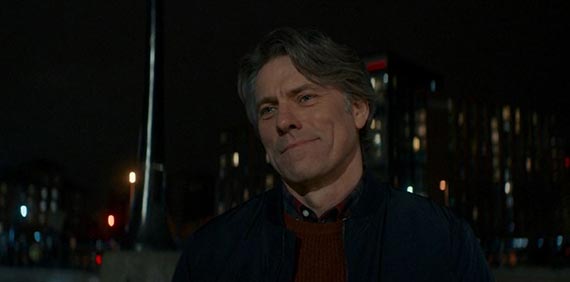
Dan’s love interest, Diane, is the more interesting character, here, demonstrating that she is both clever and capable, while trapped within Passenger. Just at the point that the audience wonders if the Doctor should’ve taken Diane, instead of Dan, as a companion, it is revealed that Diane is struggling to cope with the emotional fallout of her imprisonment. Doctor Who hasn’t dealt with the concept of a “companion who couldn’t,” since Adam Mitchell, in Series 1 – – and barely has time to address the matter, here – – so Diane’s storyline, while interesting, feels like a missed opportunity.
This can be compared to Karvanista, revealed in “The Vanquishers” to have been a companion of the Doctor during her tenure with the Division. Doctor Who has shown that people sometimes end their associations with the Doctor changed for the worse – – Martha Jones, Joan Redfern, Danny Pink, and Clara Oswald being terrific examples – – and the idea that Karvanista putting “a whole Universe” between himself and the Doctor couldn’t bridge the hurt that she caused him is as tantalizing as it is unexplored. Even better than Adric, Amy and Rory, or Bill Potts, Diane and Karvanista demonstrate that knowing the Doctor can be dangerous and the emotional toll may be exacting.
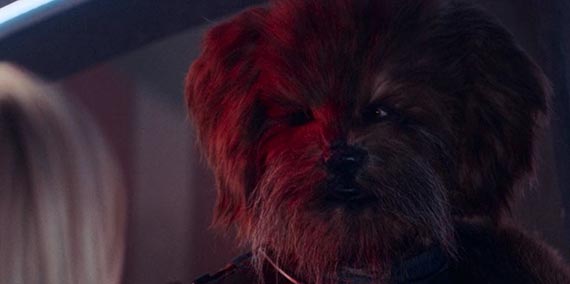
Where Yaz, Diane, and Karvanista’s storylines seem rushed and cursory, they still fare better than most of the serial’s other characters, many of whom are revealed to be far less important within the narrative than indicated by previous chapters. Prime examples of this are Vinder and Bel, who, despite crossing the Universe to be reunited, are rejoined with little fanfare. Positioned by previous chapters as the emotional center of the finale, the two are revealed to be important as characters solely because of how they service the plot, not because their epic love story mirrors Flux’s scale. It’s a shame, because both are incredibly engaging and likeable.
Claire and Jericho suffer in a similar fashion. Despite being the most intriguing part of the series premiere, Claire is only included in the finale for plot reasons, as she is psychic and therefore can infiltrate the Sontaran base and discover their plans. Although he worked alongside the Doctor and her companions for an extended time – – much like Canton Everett Delaware III, in “The Impossible Astronaut”/“Day of the Moon” – – Jericho is so under-developed that his death, meant to add pathos and stakes to the finale, doesn’t hold the weight it was obviously intended to carry.
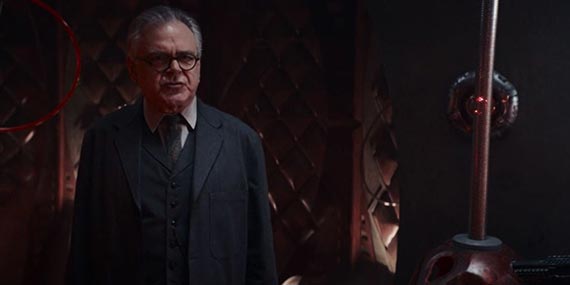
Probably the best example of a character included merely to suit the plot is Joseph Williamson. Though the Doctor expresses concern about returning him safely back to his own time, due to his importance in history, her reasoning seems less rooted in how Williamson’s tunnels benefitted his fellow man, and more in how they aided her plan to overcome the Flux. The Doctor cares more about closing a causal loop than she does celebrating Williamson’s ingenuity. Compare the narrative’s treatment of Williamson to that of Mary Seacole, from “War of the Sontarans” – – or nearly any other historical character from the show’s 58-year run – – whose inclusion within the story illuminated her outstanding generosity, empathy, and skill as a nurse, as it serviced the plot. Normally, historical characters in Doctor Who are featured because of their, well, character.
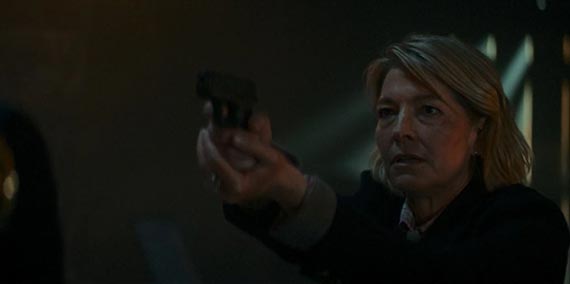
Perhaps the biggest fault of Flux, as revealed by the finale, is that the serial has no idea who its main villain is. Is it the Weeping Angels? No, they are here to recapture the Doctor for Division, in order to ensure the Doctor is destroyed with the Universe.
Is it Tecteun, the head of Division? Ostensibly, yes, because she engineers the Flux, the titular threat of the series, and has direct ties to the Doctor’s past – – an ongoing motif of Thirteen’s character arc. However, Tecteun is disintegrated, in “Chapter Five,” with little fanfare and having barely introduced herself.
Prentis, the Grand Serpent, plays mostly into Vinder’s character arc, and only affects the main storyline by infiltrating Torchwood UNIT, allowing for the return of fan-favorite Jack Harkness Kate Stewart, and aiding the Sontaran invasion of Earth.
Despite advertising positing Swarm and Azure as the main villains of Series 13, neither engineer the Flux, they do little more than posture and monologue during the serial, and they are ostensibly disposed of by the personified embodiment of Time itself. As a result, not only are they seemingly unconnected to the main plot, but the Doctor has nothing to do with their defeat.
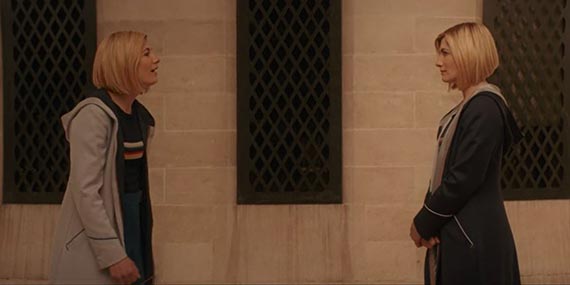
This makes the Sontarans the better villains of Flux. The serial itself seems to realize this, and suddenly puts a great deal of emphasis on the warrior race, in the final chapter. Say what you will about showrunner Chris Chibnall’s handling of Doctor Who’s mythology – – he redeems the Sontarans, with Flux, putting them on par with Who’s more notable monsters. Threatening, funny, and slightly ridiculous, the Sontarans are everything a Doctor Who monster should be.
In the end, Doctor Who: Flux is an ambitious experiment in serialized storytelling meant to reinvigorate interest in the series. Playing with the format has its advantages, including a greatly increased scope, a large supporting cast, and the inclusion of secondary and tertiary threats. However, the multiple storylines and character arcs often seem too much for the series to juggle, resulting in a finale that spends more time detailing what happens than it does examining how events affect the main cast.
Random Musings
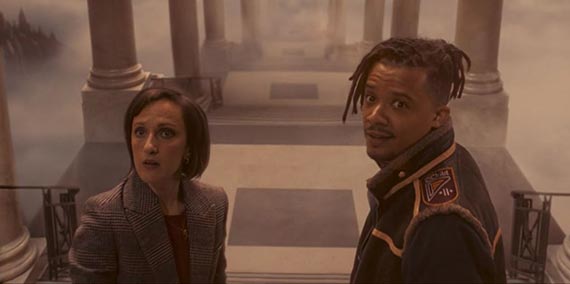
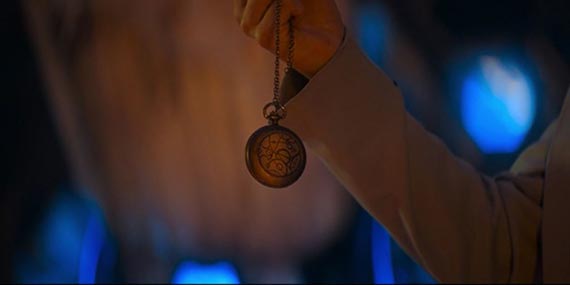
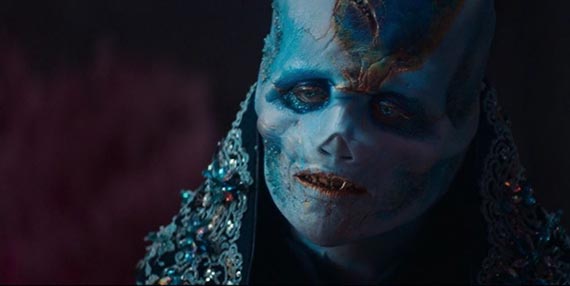


(Time) Capsule Review
“Chapter Six: The Vanquishers” includes all of the components of a capable finale but lacks the time necessary to do anything more than resolve the serial’s many plot threads. While the episode introduces some novel concepts – – why the Doctor is protective of people she barely knows; how knowing the Doctor can be emotionally damaging; the dangers of religious zealotry – – the narrative is too packed with characters to develop its more interesting ideas. Swarm and Azure, ostensibly the main villains of the serial, do little more than make ominous threats, and aren’t even defeated by the Doctor. Still, with the Sontarans providing an adequate threat, the final chapter of Doctor Who: Flux brings the serial to a suitably epic conclusion, even if it provides more thrills and fun to its audience than it does emotional development to its characters.
If you’d like to interact with the author of this article, follow him on Twitter @ClintHassell.



